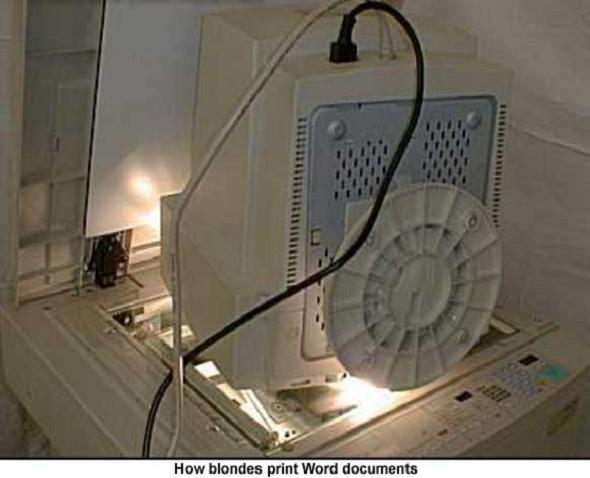 |
| The original image. |
You can find the Screen Clipping option on the Insert tab of PowerPoint 2010. Click "Screenshot" and then at the bottom of the window that pops up, click, "Screen Clipping." Your screen will get all washed out and PowerPoint will minimize. When you see a black cross, you can click and drag on your screen to define the area you want inserted into your PowerPoint presentation. It's that simple.
 |
| My screen clipping |
You're not just limited to using the images in PowerPoint, either. You can quickly grab screen clips and then save them on your computer to use elsewhere (like a blog, for example). Once you're done clipping, just right-click the image in PowerPoint and choose "Save as Picture." Choose a location and enter a name to save the clip. This is a quick way to generate a lot of clips with very little effort. Even if you're not creating a PowerPoint slideshow, it's still one of the fastest tools out there for getting the clips and saving them as images.
If you want to take a screenshot of a whole window, just click on the "Screenshot button and then click on the thumbnail for the window you want to grab. PowerPoint will insert an image of that entire window on the active slide.
What screen clipping and screen shot tips do you have?

No comments:
Post a Comment